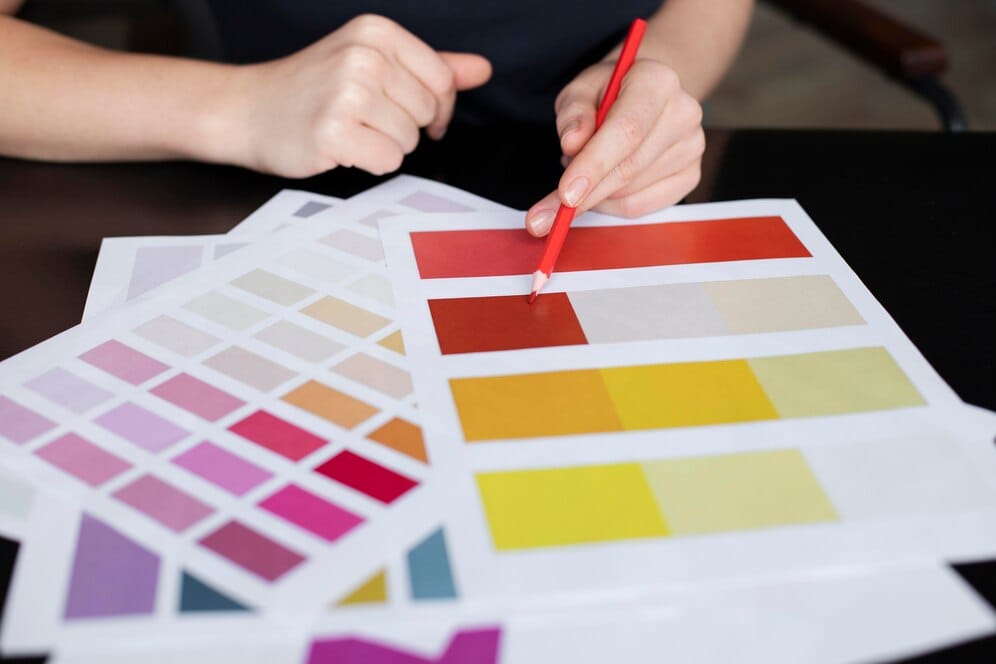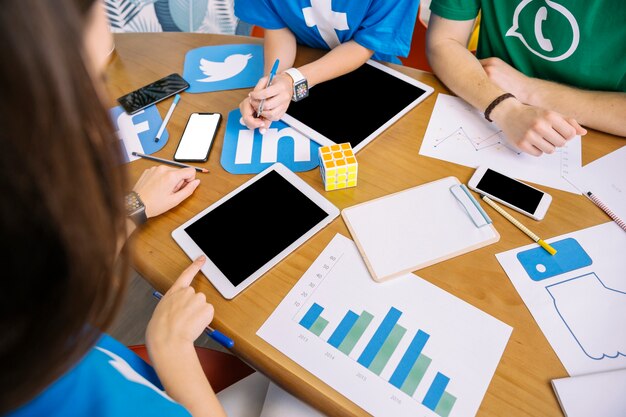Understanding the Influence of Color Psychology: How Different Hues Impact Our Emotions and Behavior
Dive into the fascinating realm of color psychology and discover the profound effects that colors have on our mood, perception, and behavior. From calming blues to vibrant yellows, this article explores the science behind how different hues can influence our daily lives.

Introduction

Color is not merely a visual phenomenon; it is a powerful psychological force that shapes our perceptions, emotions, and behaviors in profound ways. In this article, we delve into the fascinating realm of color psychology, exploring how different hues impact our lives and experiences.
The Basics of Color Psychology
Color psychology is the study of how colors affect human behavior and cognition. It examines the emotional, physiological, and cultural responses to different colors, shedding light on the complex interplay between color and perception.
The Impact of Warm Colors
Warm colors, such as red, orange, and yellow, are associated with energy, passion, and vitality. These hues can evoke feelings of warmth, excitement, and optimism, making them ideal for stimulating creativity and motivation.
The Soothing Effects of Cool Colors
Cool colors, such as blue, green, and purple, have a calming and relaxing effect on the mind and body. These hues are often associated with tranquility, serenity, and stability, making them well-suited for promoting a sense of peace and balance.
Cultural and Symbolic Associations
The meaning of colors can vary significantly across different cultures and contexts. For example, while white symbolizes purity and innocence in Western cultures, it is associated with mourning and death in some Eastern cultures. Understanding these cultural nuances is essential for effective communication and marketing.
Color in Marketing and Branding
Businesses leverage color psychology to evoke specific emotions and associations in consumers. For instance, fast-food chains often use red and yellow in their logos and branding to stimulate appetite and create a sense of urgency, while luxury brands may opt for sophisticated shades of black and gold to convey elegance and exclusivity.
Color in Design and Architecture
Color plays a crucial role in design and architecture, influencing the mood and ambiance of spaces. Interior designers use color to create visual interest, define spatial hierarchy, and evoke desired emotional responses in occupants.
Personal Color Preferences
Individuals often have personal preferences for certain colors based on their unique experiences, personalities, and cultural backgrounds. These preferences can reflect deeper psychological needs and desires, offering insight into one's emotional landscape.
Color Therapy and Healing
Color therapy, also known as chromotherapy, is a holistic healing modality that uses colors to promote physical, emotional, and spiritual well-being. Practitioners believe that exposure to specific colors can restore balance and harmony to the body's energy centers, known as chakras.
Conclusion
In conclusion, color psychology offers a fascinating glimpse into the intricate relationship between color and human psychology. By understanding the emotional and behavioral effects of different hues, we can harness the power of color to enhance our daily lives, foster creativity, and promote well-being.
FAQs
- How does color affect mood?
- Colors can affect mood through their associations, cultural meanings, and psychological impact on the brain. Warm colors like red and yellow tend to energize and excite, while cool colors like blue and green have a calming and soothing effect.
- What is the significance of color in branding?
- Color plays a crucial role in branding and marketing, as it can influence consumer perceptions, evoke emotions, and convey brand identity. Companies strategically choose colors for their logos and branding to create memorable and impactful visual identities.
- Can color therapy help improve mental health?
- Color therapy, or chromotherapy, is believed to have therapeutic benefits for mental health by promoting relaxation, reducing stress, and restoring emotional balance. While scientific evidence is limited, many people find comfort and relief through exposure to specific colors in therapeutic settings.
- How can I use color psychology in my daily life?
- You can use color psychology in your daily life by incorporating colors that evoke desired emotions and moods into your environment, clothing, and creative projects. Pay attention to how different colors make you feel and experiment with using them to enhance your well-being and productivity.
- Are there cultural differences in color perception?
- Yes, cultural differences can significantly influence color perception and meaning. What may be considered lucky or auspicious in one culture could be seen as negative or taboo in another. It's essential to consider cultural context when interpreting the meaning of colors in different contexts.